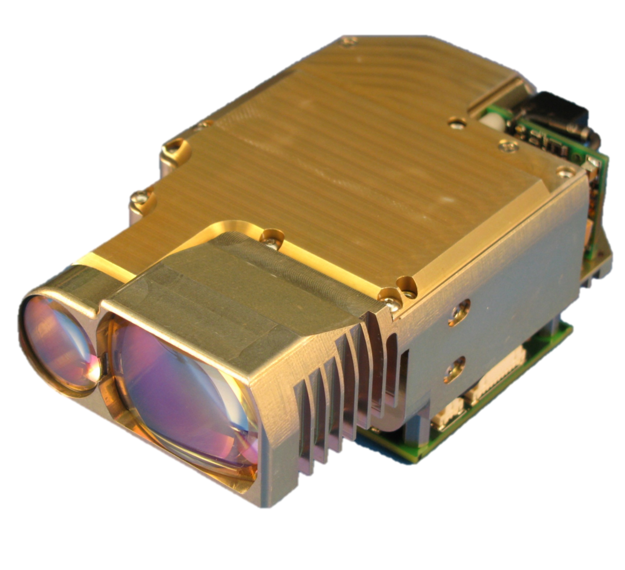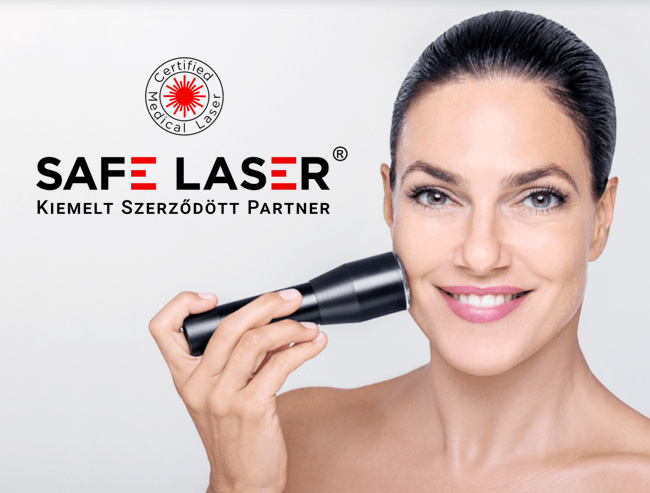Low-level Laser Therapy (LLLT) is a safe and effective way to treat inflammation in the respiratory tract. For respiratory ailments like asthma or bronchitis where inflammation in the airways can lead to symptoms such as wheezing and coughing, LLLT can reduce inflammation and improve breathing.
Bronchodilation LLLT has been shown to induce relaxation of the smooth muscle cells within the airways, resulting in bronchodilation. It can help people with asthma and chronic obstructive pulmonary disease (COPD), in which bronchoconstriction is a contributing factor to breathing difficulties.
Improved blood circulation - LLLT stimulates vasodilation and microcirculation. The increased blood flow leads to improved airway and lung function. A better blood flow will provide nutrients and oxygen directly to tissue that is inflamed, which aids in healing and lessens inflammation.
Increased Immune response LLLT has been shown to regulate the immune system by stimulation of the cytokines. It also increased phagocytosis – the process in which immune cells engulfs and destroys pathogens. This can be used to enhance the immune system and lessen inflammation within the respiratory tract against respiratory infections.
Reduction of Mucus Production LLLT may help reduce excessive production of mucus in airways, by facilitating the removal of mucus and reducing inflammation of the respiratory tract. This is particularly beneficial for those with chronic sinusitis or bronchitis in which excess mucus is a source of respiratory symptoms.
Elimination of Allergic Reactions LLLT is being studied as a potential treatment for allergic nasal rhinitis and hay fever, conditions characterized by irritation of the nasal passages and sinuses in reaction to allergens. LLLT decreases inflammation and modulates immune function, which can help alleviate allergy symptoms like nasal obstruction, sneezing, or itching.
Safe Laser's low-level therapy provides a non-invasive, drug-free solution to respiratory inflammation. It eases the symptoms and improves breathing function. But, LLLT should only be used after consulting with a physician for a correct diagnosis. See the best safe laser 150 for site recommendations including lezer kezeles, lézeres fájdalomcsillapítás, lágylézeres készülék, lágylézer készülék bérlés, laser lézer, lágylézer kezelés árak, lágylézer árak, lezer kezeles, lágylézer ár, lézeres fájdalomcsillapítás and more.

How Can Safe Low-Level Laser Therapy Treat Nose Issues?
Safe Laser Low-Level Laser Therapy (LLLT), can treat different nose problems using a variety of mechanisms. Reduced inflammation- The anti-inflammatory properties of LLLT can help reduce inflammation in nasal passages. LLLT is a treatment option to treat a variety of conditions, including sinusitis and rhinitis.
LLLT provides relief from nose-related discomfort. It can be used to treat sinusitis, nasal trauma, and other disorders.
Improved Healing of TissuesThe Enhanced Healing of Tissues LLLT can accelerate tissue repair and regeneration by enhancing cell metabolism and growth. LLLT can aid in promoting faster healing in instances like nasal mucosal and ulcer-related injuries. This may reduce the risk of complications while improving overall nasal health.
Improved Blood Circulation LLLT increases vasodilation and microcirculation, leading to an increase in blood flow to nasal tissues. Improved Blood Circulation - LLLT improves blood circulation and provide oxygen to tissues that are inflamed and injured, which aids in the healing process and reducing swelling.
LLLT reduces nasal congestion through promoting nasal vasodilation. This could be beneficial to those suffering from chronic sinusitis aswell as allergies and rhinitis.
Management of Nasal Allergies - LLLT helps reduce the symptoms associated with allergies in the nasal passages by reducing inflammation. LLLT helps to relieve symptoms like sneezing and nasal congestion through modulating the immune system, and reducing the production of histamine, as well as other allergic mediators.
Safe Laser's low-level therapy is an effective, non-invasive solution for a variety of nose ailments that reduce symptoms like irritation, pain and nasal congestion. Before using LLLT to treat nose problems you must consult a professional healthcare provider for a thorough diagnosis and treatment. Read the recommended lágylézer for blog info including lágy lézer kezelés, safe laser bérlés, mozgásszervi problémák, lágylézer készülék, lézer kezelés hatása, lágy lézer, safe laser kezelés budapest, lagy lezer, gyógyító lézer készülékek, lágylézer készülék and more.

How Long Is It Before A Laser For Dental Use Can Be Used To Treat Dental And Oral Ailments?
The efficacy of Safe Laser low-level laser therapy (LLLT) for treating dental and oral conditions can vary according to factors such as the particular condition being treated and the severity of the condition and the patient's overall oral health, and their response to treatment. LLLT sessions are generally scheduled over a specific period for the greatest results.
Type and Severity of the Condition- The degree and type of the dental or oral disease being treated will affect the amount of LLLT sessions needed. Depending on the condition, LLLT may be required in different ways.
Individual Reactions to Treatment Certain factors, such as the overall state of dental and oral health as well as immune function healing capacity, and many other variables can affect how an individual reacts to LLLT. Some individuals may react more quickly to treatment and see quicker improvement in symptoms however, others might require long-term treatment.
Treatment Protocol - A dental professional's treatment protocol will determine the frequency and number of LLLT sessions needed to treat dental and oral problems. Healthcare providers will tailor treatment plans according to the needs of each patient. This could mean scheduling LLLT multiple times a day or several sessions per week.
Chronic vs. Acute conditions - The distinction between chronic and acute conditions may also impact the number of LLLT sessions needed. Acute problems like oral sores or postoperative pain could require less sessions for relief. Chronic problems like TMJ or periodontitis could need more extensive treatments.
Some individuals can see significant improvements in dental health and oral hygiene within a couple of LLLT therapy sessions. For some, it could take longer to see optimal outcomes. It's essential to follow the prescribed treatment regimen by a dentist and to take part in every scheduled LLLT sessions to maximize the benefits of therapy for dental and oral conditions. In addition, it is essential to check your oral health frequently and communicate with a dental specialist to make sure you are receiving the right treatment and making any necessary adjustments.